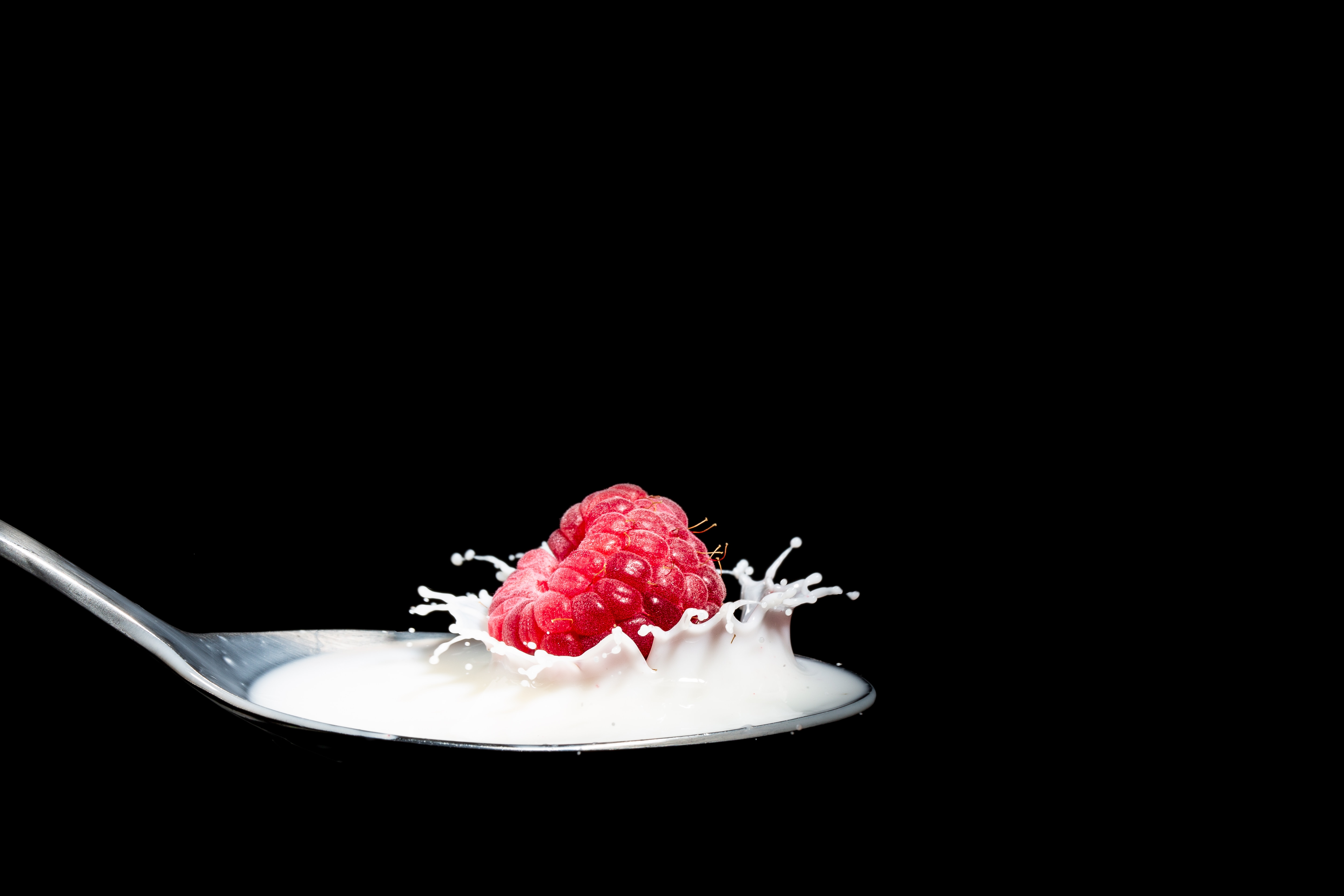
There are a multitude of reasons to consider going dairy free including: GI issues you’re trying to improve; resolving skin issues; nursing an intolerant newborn; or taking time for personal experimentation. It’s easier to do now more than ever, but it does take some awareness and planning to do so successfully. The first thing to understand about a dairy intolerance is that there are a number of different types of reactions to milk, and it can be different components of milk that drive the reactions. Milk is a mix of water, proteins, and fat, and it’s meant to be a whole food for infants, so it’s incredibly complex. There are about 50 proteins in milk, including the most familiar whey and casein, along with enzymes and immunoglobulins, among many others. Milk fat is then a complex blend of fatty acids, glycerols, phospholipids, and other types of lipids (aka fat-based molecules), and contains carbohydrates ranging from sugars, such as lactose, galactose and glucose, as well as starches/complex carbohydrates, such as oligosaccharides and mannose.
So that said, there’s a lot of different things in milk that could trigger a reaction – some people are lactose intolerant, which means they are missing lactase, but it can also be a milk allergy or an intolerance to one of the other components of milk. It’s also why some things like yogurt may be OK, but straight milk or cheese may not be. To cut milk completely from your diet, you have to read labels so closely for the individual milk components as they may be listed and you’ll never actually see milk on the label itself.
Going completely dairy-free though can be pretty easy these days though. Here are a few tips that can help:
- Focus on recipes that are paleo or Whole30, so they automatically cut out the dairy. Read labels and recipes carefully though. People have varying interpretations of “paleo.”
- When reading labels, watch for casein, whey, lactose, caseinate, dry milk, milk solids, nougat – and all derivations of those. The products that get added to baked goods, protein bars, and snuck into cooked foods can undo all of your efforts, if you aren’t careful.
- Obviously avoid things like cheese, yogurt, milk and milk chocolate.
- Restaurant menu items highly likely to have dairy added to them include: scrambled eggs, omelettes, mashed potatoes, bread, sauces and polenta. Also be explicit when you’re ordering food to use olive oil and omit cheese. You’d be surprised at how many vegetables come out with a sprinkle of Parmesean on top.
- Know reactions can be delayed and last a while. Typically milk reactions start immediately or up to 48 hours later, but the effects can last as long as 1-2 weeks.
To make substitutions in your daily routine that are decent and can help with the adjustment include:
- Better Half Almond Coconut creamer instead of half and half for coffee
- Avocado, coconut or olive oil or ghee (clarified butter with milk solids removed) instead of butter
- Kite Hill or Miyokos nut milk cream cheese, ricotta or mozzerella instead of cheese
- Nancy’s Oatmilk or Siggi’s Plant-based yogurt instead of yogurt
- Garden of Life Vegan Sport Protein or Legion Athletic Plant+ instead of whey
- RxBars, Bulletproof bars, Primal bars and Clif Whole Lotta bars all instead of off the shelf protein bars that are mostly whey based
If you are doing a test to see if dairy is an issue for you, omit dairy for at least 30 days before you try it again. Keep a daily journal of symptoms or issues you may be tracking. If they are skin related, take photos, so you aren’t just relying on memory. Then see what happens when you reintroduce milk, and make a more informed choice about whether or not including dairy is a good fit for your body.
Also be mindful of the type of dairy you include when you reintroduce it. You’re less likely to react to dairy from grass-fed, pastured cows than you are to factory farmed cows, but keeping that line clean when you’re out and about in the world can be next to impossible. Many people can also do sheep’s milk cheese like manchego or goat-milk cheese or whey, if they don’t tolerate cow’s milk products. If you’re sensitive, dairy-free may be a better solution for you.
Finally, realize that along the way you will probably have some misses. If you aren’t in the habit of being vigilant, you might pick up something that is normally fine and part of your routine only to bite it and realize it’s a little too creamy. Keep plowing ahead. It will pass and get easier with practice.
If you’re thinking about going dairy-free or have questions about it, we’d love to help. Or if you have a tip for other items to include in our substitutions list, comment below!





